When it comes to high-speed imaging, lighting is more than just a necessity! It is an essential technical element that has a direct influence on the quality and precision of every shot.
Understanding how lighting affects the performance of high-speed cameras requires an in-depth analysis of its effects:
- exposure
- shutter speed
- and image resolution.
Optimum exposure for impeccable detail!
High-speed cameras as TroublePad, often used to capture ultra-fast-moving events, require a considerable amount of light to ensure adequate exposure of the scene.
Insufficient exposure results in underexposed images, which can compromise clarity and legibility of detail.
To maintain optimum exposure, high-speed camera users need to carefully assess the strength and direction of the light for each shot. It is also necessary to ensure that every part of the scene is correctly lit.
Precise shutter speed control
In a low-light environment, high-speed cameras are forced to use longer exposure times to gather sufficient light. This lack of light compromises image sharpness, particularly when capturing fast movements.
Using the right lighting can keep exposure times short, minimising motion blur and preserving sharp detail.
What’s more, precise control of shutter speed allows users to freeze the action with exceptional precision. This delivers sharp, dynamic images even at extremely high speeds.
Optimising capture speed
In addition to its impact on exposure and shutter speed, lighting also influences the speed at which a high-speed camera can operate.
In low-light conditions, high-speed cameras may be forced to reduce their capture speed to compensate for the lack of light. This limits their ability to record fast-moving events accurately.
Adequate lighting, on the other hand, allows high-speed cameras to operate at their maximum speed, which is essential for capturing fleeting moments clearly and accurately.
Conclusion
Lighting is a crucial technical element in high-speed capture, directly influencing:
- exposure,
- shutter speed
- and overall image quality.
By understanding the impact of lighting on the performance of high-speed cameras, users can optimise their lighting set-up to achieve exceptional results, guaranteeing sharp, detailed and dynamic shots, even in the most demanding conditions.
Clara Vision’s range of lighting solutions for high-speed cameras can be found here.
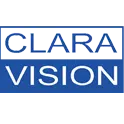
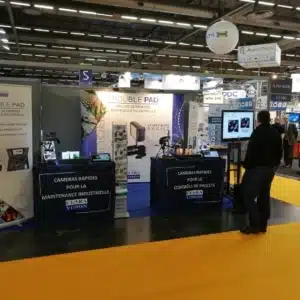
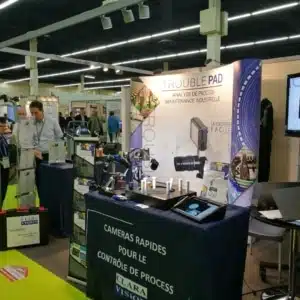
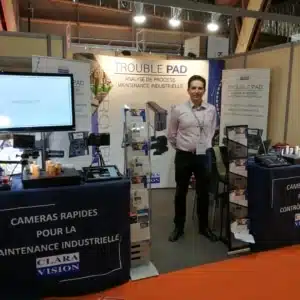
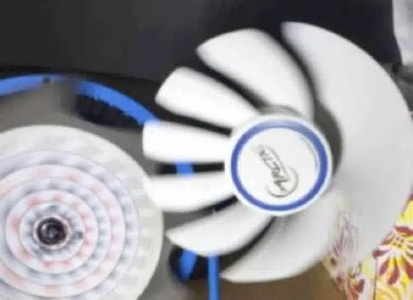
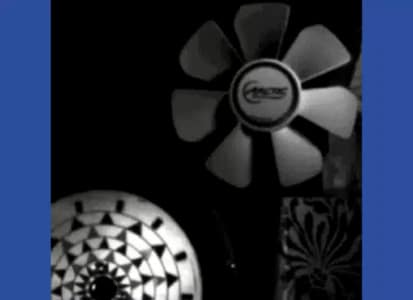
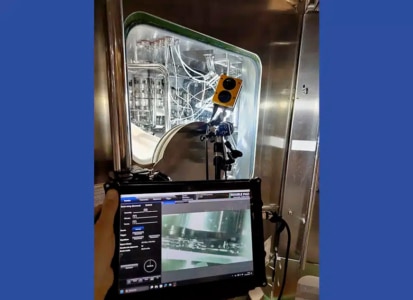
Be first to comment !